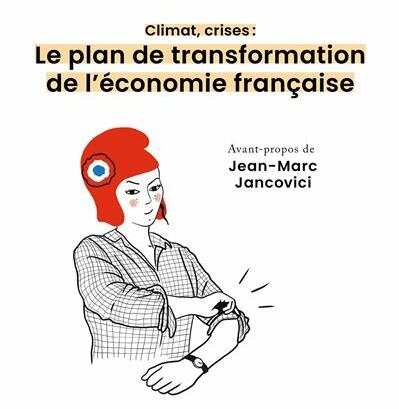The Shift Project has conducted a study of how energy considerations can be taken into account when banks grant mortgage loans. This analysis serves as the basis for a detailed proposal included in the report published in March 2013. A working group will be set up in the spring of 2013 to examine the findings of the study.
Context
Urban sprawl implies a greater need for mobility and, consequently, higher energy costs (to say nothing of the negative impact of land take). Meanwhile, energy prices – and particularly that of oil – are set to rise inexorably as global supply stagnates while global demand continues to grow, especially in developing countries, squeezing out the OECD countries (Europe’s share is already declining and France is no exception to the rule).
Mobility and heating are essential spending items that will create difficulties for the more exposed households.Let’s not be afraid to say it: this will be the next “subprimes” crisis. And yet banks do not weigh energy factors when deciding whether or not to grant mortgages. The only criteria taken into account are the 30% debt ratio, and the 20% initial down payment.
Towards factoring the carbon constraint into housing loans
The Shift Project has conducted a study* that involved modelling a virtual but representative corpus of households that currently have access to housing loans in order to plot their statistical distribution along the “Essential spending as share of household budget” axis – i.e. (mortgage + heating + commuting) costs divided by total household income. This essential spending ratio is calculated for the present situation, and also for the end of the loan period, with the supposition that energy prices will have doubled in the meantime.


The result is that, as of today, a significant number of households (14%) are already in a situation where essential spending accounts for over 60% of household income. But when the (eminently reasonable) assumption is made that energy prices will double by the end of the loan period, that figure rises to 44% (see graphs below).
It emerges from this study that the energy vulnerability criteria are, in decreasing order:
– location and access (or otherwise) to public transport;
– income;
– the home energy audit rating.
PROPOSITION
In order to preserve household solvency, therefore, The Shift Project recommends changing the mortgage lending criteria and replacing the “30% of income for mortgage repayments” benchmark with the following criterion: the total of essential household spending – mortgage, heating and commuting costs – must not exceed a ceiling “C”, even if energy prices were to double (the ceiling should be calculated so that the number of loans approved is, overall, the same as before the change of criterion, which is in principle between 50 and 60%).
“In a nutshell, TSP is proposing that loans should be approved not just because the household has the means to buy a property, but because it also has the means to live in it.”
The immediate consequence of this proposal will be that bankers will refuse applications that they currently accept; but tomorrow, they will accept applications that they currently turn down. It is important to bear in mind that the number of people negatively affected by this change of criterion is, by design, the same as the number of people favoured. In the short term, in other words, there will be as many losers as winners. But in the long term, a large number of painful financial predicaments will be avoided.
Thereafter, property prices will evolve to take this new constraint into account: property situated a in a favourable area will find more buyers because potential buyers will have easier access to credit – and its price will therefore rise. Conversely, a property situated a in an unfavourable area will see its market price fall.
Finally, in the longer term, areas well served by public transport will be prioritised by property developers, as they offer a better return on investment.
Regarding thermal insulation, this measure will let the environmental value of housing appear more rapidly, by assigning greater value to properly insulated units, which will in turn incite property owners to carry out thermal renovation work.

